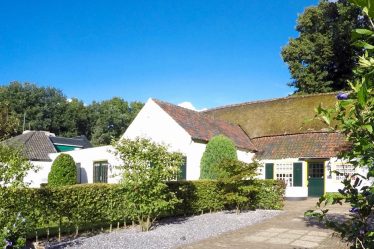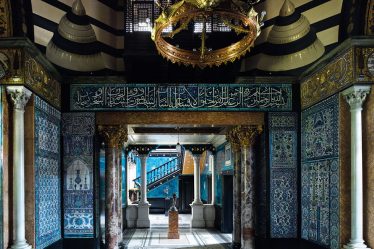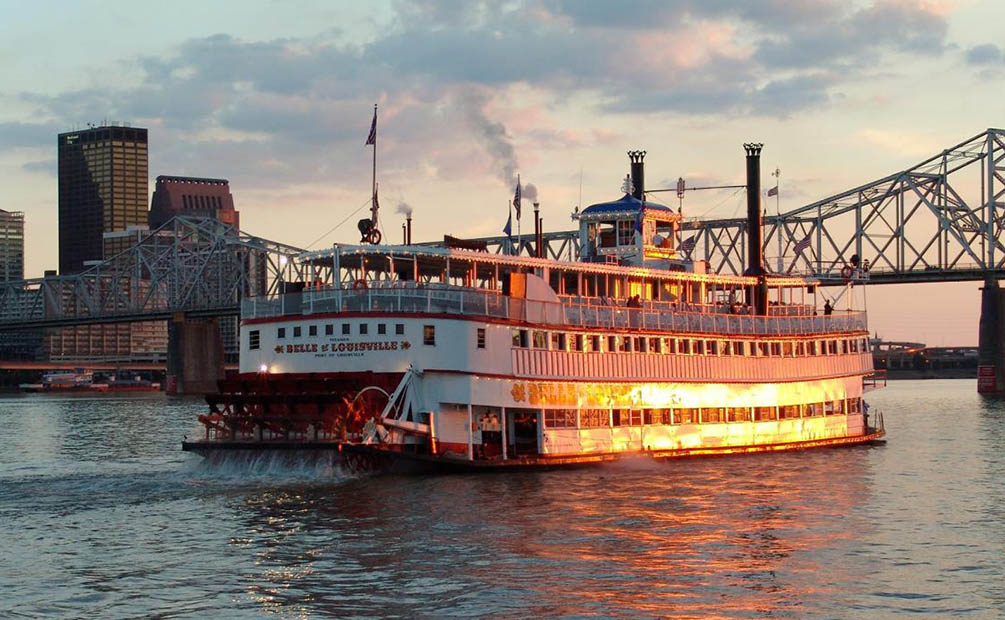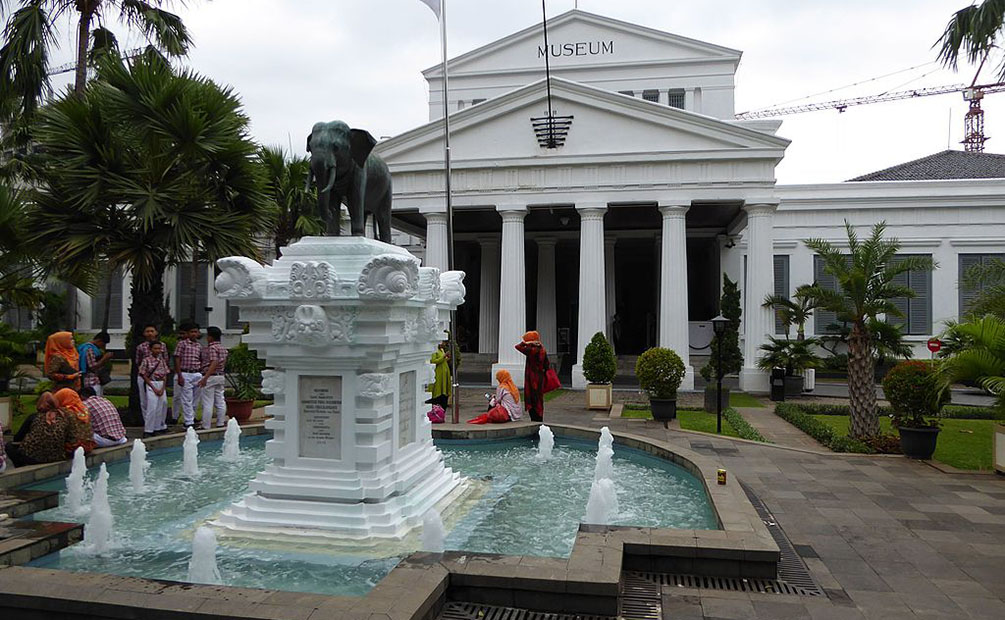
Immersing into Jakarta’s Cultural Tapestry
Certainly, Jakarta, the bustling capital of Indonesia, stands as a melting pot of cultures, blending history, traditions, and modernity into a vibrant tapestry. This sprawling metropolis, situated on the northwest coast of Java, is a kaleidoscope of cultural diversity, a testament to Indonesia’s rich heritage.
The city pulsates with life, offering an eclectic mix of experiences that cater to various tastes and interests. Jakarta serves as a microcosm of Indonesia, encompassing a myriad of ethnic groups, each contributing distinct elements to the city’s cultural mosaic.
Its history, rooted in a blend of indigenous roots and Dutch colonial heritage, shapes Jakarta’s architectural marvels, cobblestone streets, and colonial-era buildings. The cityscape juxtaposes these historical landmarks with contemporary skyscrapers, emblematic of its rapid urban development.
Moreover, Jakarta’s cultural essence thrives in its museums, art galleries, theaters, and traditional markets. The National Museum of Indonesia, Kota Tua (Old Town), and the Jakarta Arts Theater (Gedung Kesenian Jakarta) are just a glimpse of the city’s cultural wealth. These sites echo stories of Indonesia’s past, preserving artifacts, showcasing traditional performances, and embracing the nation’s artistic heritage.
The city’s culinary scene is equally diverse, offering a feast of flavors from across the archipelago. From street-side food stalls serving local delicacies to high-end restaurants offering fusion cuisine, Jakarta tantalizes taste buds with its gastronomic wonders.
Beyond its cultural facets, Jakarta is a bustling economic hub, hosting international conferences, trade exhibitions, and a thriving business environment. Amidst this urban vigor, Jakarta retains pockets of greenery in its parks, providing oases of tranquility amidst the urban sprawl.
In essence, Jakarta’s cultural richness lies not only in its tangible heritage sites and modern landmarks but also in the warmth and hospitality of its people. Their friendliness and openness reflect the essence of Indonesia—a nation proud of its diverse heritage and eager to share it with the world.
Personal Favorites: Three Beloved Cultural Sites
Site 1 – National Museum of Indonesia:
Location: Situated in Central Jakarta, the National Museum stands majestically on Jalan Medan Merdeka Barat, in the heart of the city. Its strategic location makes it easily accessible to both locals and tourists.
Description: The museum is a treasure trove of Indonesia’s cultural heritage, housing an extensive collection of artifacts, sculptures, ceramics, and ethnographic exhibits. Its galleries depict the nation’s history, from prehistoric times to the modern era, showcasing artifacts from various Indonesian regions.
Experience: One particular exhibit that resonated deeply was the collection of ancient Javanese statuary. Standing before these centuries-old sculptures, I felt transported back in time, admiring the exquisite craftsmanship that depicted the cultural and religious beliefs of Indonesia’s past civilizations.
Another highlight was the numismatic collection displaying ancient coins and currency from different periods, offering insights into Indonesia’s economic history. The intricacy of the designs and the historical significance attached to each coin fascinated me, illustrating the evolution of commerce in the archipelago.
Pros and Cons: The museum’s strengths lie in its comprehensive representation of Indonesia’s diverse cultures and history. However, at times, the volume of exhibits might feel overwhelming, especially for those seeking a more focused experience.
Ticketing and Discounts: Entry fees vary for locals and foreigners, usually with reduced rates for students and children. Booking tickets can be done at the museum’s entrance or through online platforms, occasionally offering discounts for online reservations or group visits.
Recommendation Index: Rating – 4.5 out of 5. The National Museum is a cultural gem, offering a profound glimpse into Indonesia’s heritage. Its vast collection and educational value make it a must-visit, despite its occasional overwhelming nature.
Site 2 – Jakarta Old Town (Kota Tua):
Location: Located in North Jakarta, Kota Tua is the historical heart of the city, boasting well-preserved Dutch colonial buildings and a vibrant atmosphere.
Description: The area encapsulates Jakarta’s colonial past, with its cobblestone streets and iconic landmarks. Museums like the Jakarta History Museum (Museum Sejarah Jakarta) and the Wayang Museum showcase artifacts, historical archives, and traditional puppets, unraveling the city’s rich history.
Experience: Wandering through the narrow alleys and squares within Kota Tua, I was captivated by the Dutch colonial architecture. Exploring the Jakarta History Museum provided a deeper understanding of the city’s evolution, especially the exhibits detailing Jakarta’s journey from a small harbor town to a bustling metropolis.
Facilities and Services: Kota Tua offers guided tours and cultural performances, providing immersive experiences for visitors. The availability of guided tours greatly enhances the understanding of the historical significance of various buildings and landmarks.
Accessibility and Entry: Accessible by public transportation, including buses and the Jakarta Kota train station. Entry to most museums in Kota Tua involves a nominal fee, with occasional discounts for students or group visits.
Personal Recommendation Score: Rating – 4.3 out of 5. Kota Tua is an enriching journey through Jakarta’s history, with its preserved colonial architecture and insightful museums. However, the area can become crowded, affecting the immersive experience at times.
Site 3 – Taman Mini Indonesia Indah:
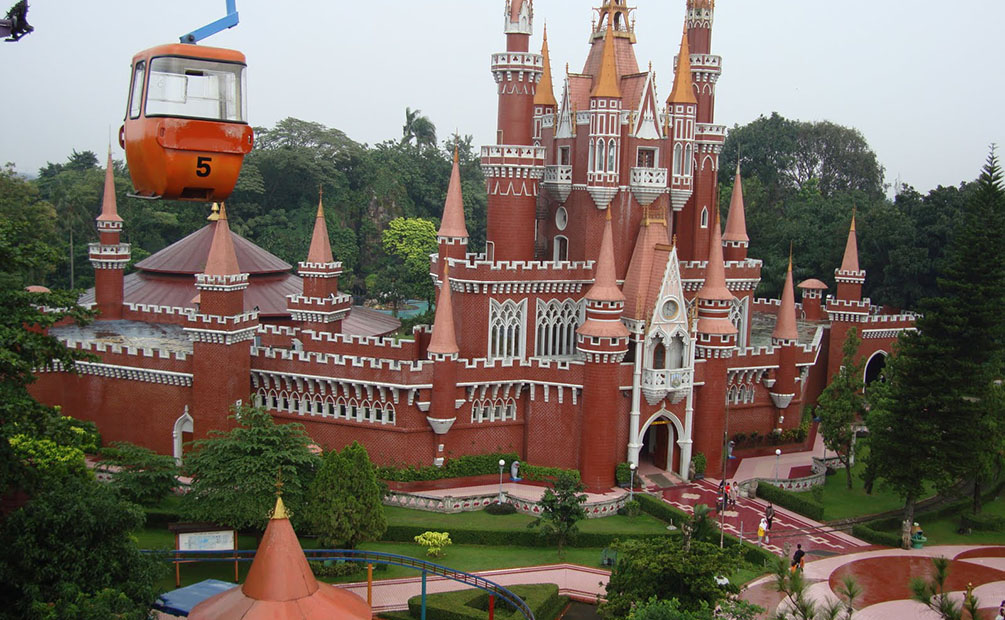
Location: Taman Mini Indonesia Indah is located in East Jakarta, offering a condensed experience of Indonesia’s diverse cultures and traditions.
Description: This expansive cultural park showcases the cultural diversity of Indonesia through miniature replicas of traditional houses from various regions. Each pavilion represents a different province, featuring indigenous architecture, artifacts, and cultural performances.
Experience: Walking through the park felt like a voyage across Indonesia, immersing myself in the rich tapestry of traditions. Exploring the intricately crafted pavilions and witnessing live cultural performances, including traditional dances and music, provided a vivid insight into the country’s cultural heritage.
Facilities and Services: The park offers various amenities, including museums, theaters, and recreational facilities. Visitors can also enjoy cable car rides offering panoramic views of the entire park.
Accessibility and Entry: Accessible by public transport or taxis, with regular buses plying to and from the park. Entry fees vary for adults, children, and seniors, often offering discounts for group visits or students.
Personal Recommendation Score: Rating – 4.6 out of 5. Taman Mini Indonesia Indah offers an immersive journey through Indonesia’s diverse cultures. The detailed representations and engaging cultural showcases make it an enriching destination, though it can get crowded during peak times.
Recommended Cultural Gems: Other Must-See Places
Of course, let’s continue exploring more captivating sites in Jakarta:
Site 3 – Taman Mini Indonesia Indah:
Location: Taman Mini Indonesia Indah is located in East Jakarta, offering a condensed experience of Indonesia’s diverse cultures and traditions.
Description: This expansive cultural park showcases the cultural diversity of Indonesia through miniature replicas of traditional houses from various regions. Each pavilion represents a different province, featuring indigenous architecture, artifacts, and cultural performances.
Experience: Walking through the park felt like a voyage across Indonesia, immersing myself in the rich tapestry of traditions. Exploring the intricately crafted pavilions and witnessing live cultural therperformances, including traditional dances and music, provided a vivid insight into the country’s cultural heritage.
Facilities and Services: The park offers various amenities, including museums, theaters, and recreational facilities. Visitors can also enjoy cable car rides offering panoramic views of the entire park.
Accessibility and Entry: Accessible by public transport or taxis, with regular buses plying to and from the park. Entry fees vary for adults, children, and seniors, often offering discounts for group visits or students.
Personal Recommendation Score: Rating – 4.6 out of 5. Taman Mini Indonesia Indah offers an immersive journey through Indonesia’s diverse cultures. The detailed representations and engaging cultural showcases make it an enriching destination, though it can get crowded during peak times.
Site 4 – Istiqlal Mosque:
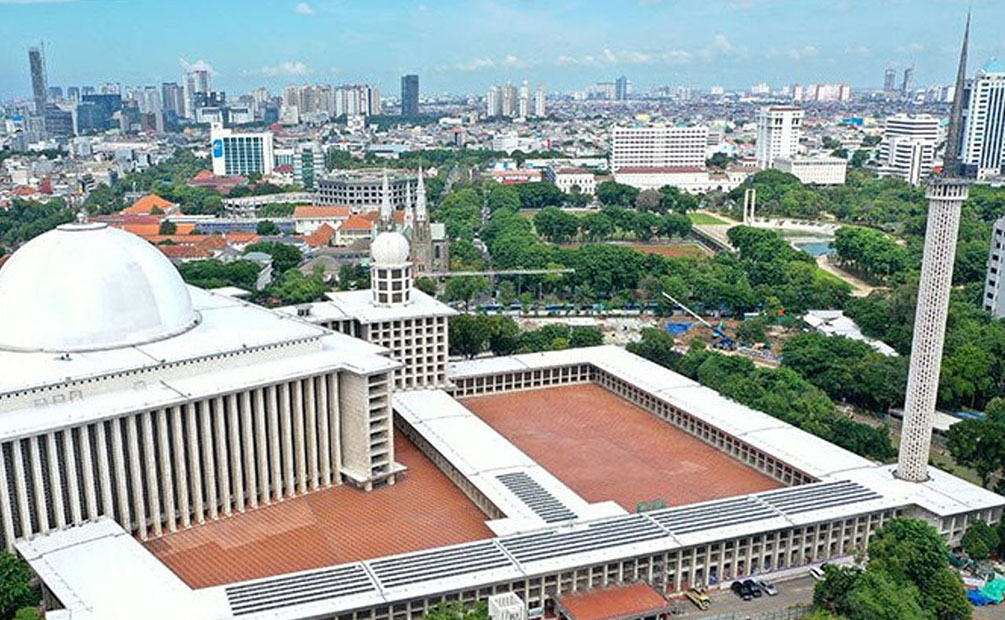
Location: Situated in Central Jakarta, Istiqlal Mosque is the largest mosque in Southeast Asia, representing Indonesia’s religious diversity.
Description: The mosque’s impressive architecture and grandeur symbolize Indonesia’s unity and tolerance. Its massive prayer hall can accommodate thousands of worshipers and showcases stunning Islamic architecture.
Experience: Stepping into the vast prayer hall was awe-inspiring. The sense of tranquility amidst the hustle of the city was palpable. Observing worshippers engage in prayer rituals and witnessing the architectural beauty of the mosque was a spiritually enriching experience.
Facilities and Services: The mosque offers guided tours and information about Islamic practices and architecture. There are also facilities for ablution and prayer arrangements for visitors.
Accessibility and Entry: Easily accessible by various modes of transport. Entry to the mosque is free, and visitors of all faiths are welcome, with guided tours available.
Personal Recommendation Score: Rating – 4.8 out of 5. Istiqlal Mosque stands as an architectural marvel and a symbol of religious harmony. Its serene ambiance and cultural significance make it a must-visit in Jakarta.
Closing Reflections on Jakarta’s Cultural Tapestry:
Reflecting on my cultural odyssey through Jakarta, I’m awe-inspired by the city’s vibrant essence, a fusion of history, tradition, and contemporary dynamism. Each cultural site visited was a doorway to Indonesia’s diverse heritage, offering profound insights and evoking a deeper appreciation for the country’s rich tapestry.
The National Museum, with its extensive collection, serves as a time capsule, preserving Indonesia’s legacy. Kota Tua’s colonial remnants narrate Jakarta’s historical narrative, while Taman Mini Indonesia Indah encapsulates the country’s cultural diversity in a captivating panorama.
Exploring these sites wasn’t just about witnessing artifacts or historical landmarks; it was about immersing myself in the soul of Indonesia. The encounters with the past, the vibrant presentations of tradition, and the welcoming spirit of the people epitomize the heart of Jakarta’s cultural allure.
These experiences, from the National Museum’s archaeological marvels to the historical marvels of Kota Tua and the cultural panorama of Taman Mini, have left an indelible mark, a kaleidoscope of memories painting Jakarta’s vibrant spirit.
Indeed, Jakarta’s cultural odyssey isn’t confined to museums and heritage sites alone; it’s etched in the warmth of its people, the aromas wafting from street-side eateries, and the harmony resonating from places of worship.
As I bid farewell to this cultural haven, I carry with me a treasure trove of memories—a testament to Jakarta’s ceaseless charm and cultural magnetism, inviting travelers to delve deeper into its captivating narrative, uncovering the layers of Indonesia’s vibrant heritage.
